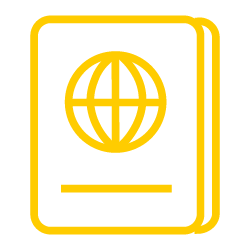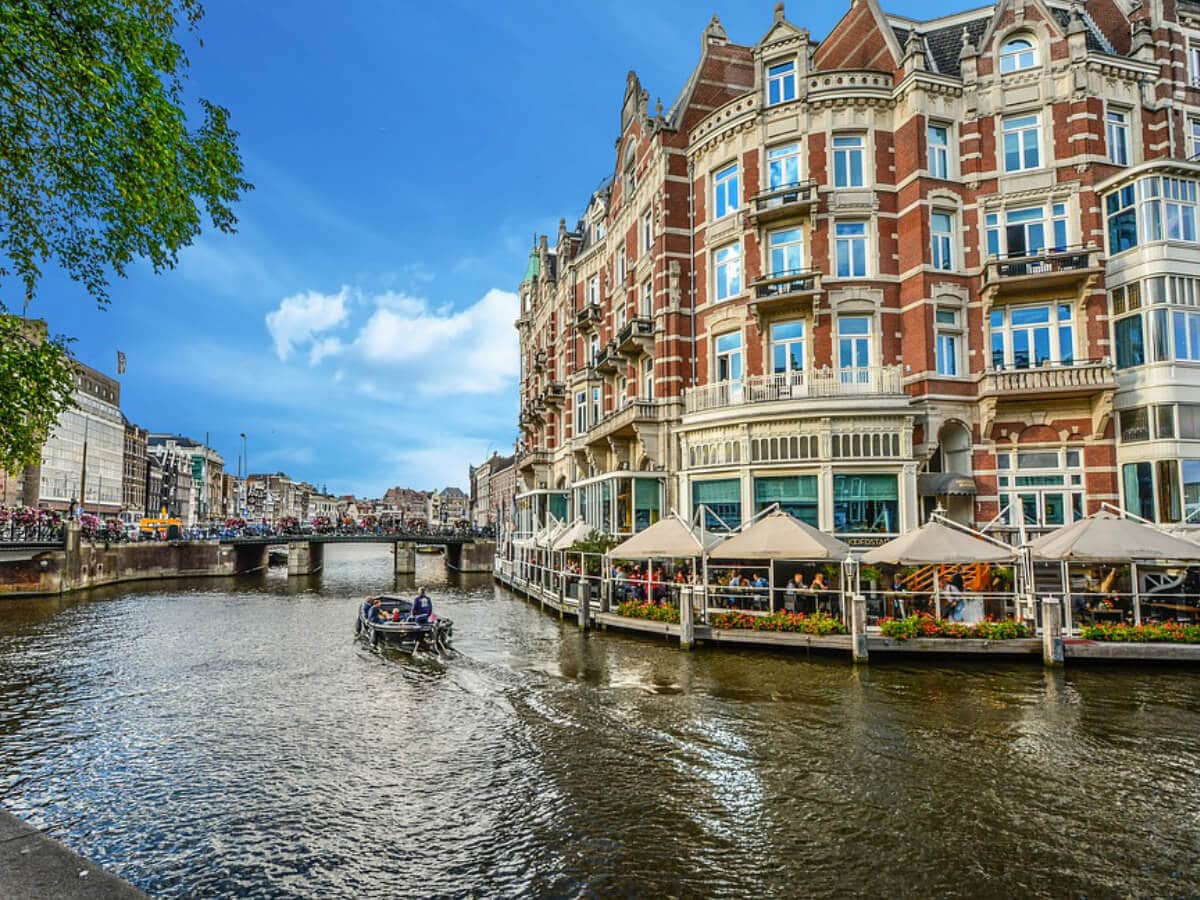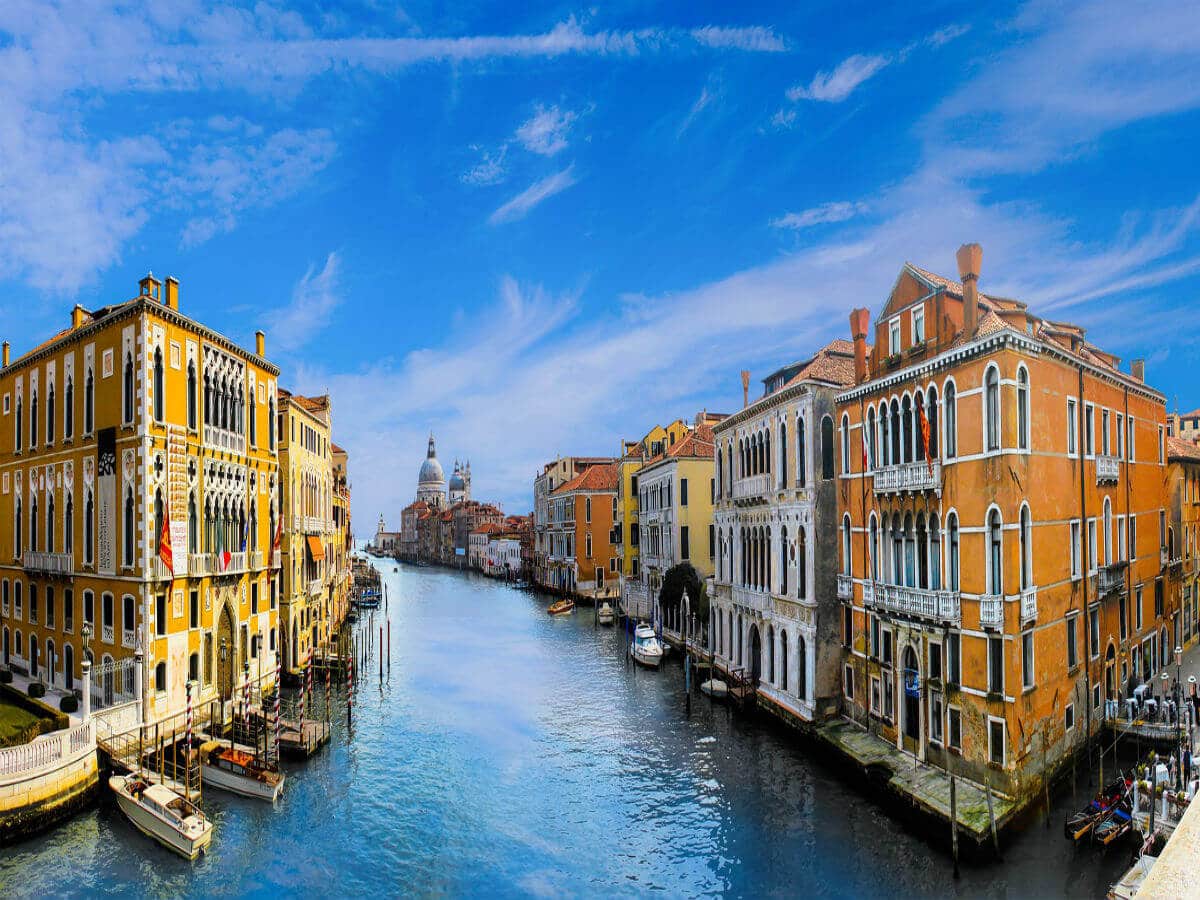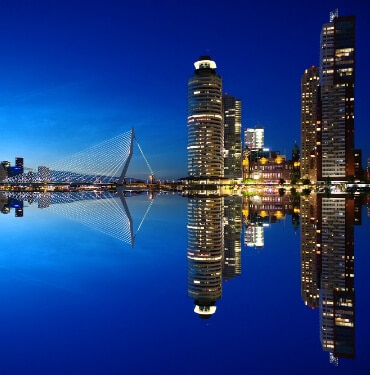Tour Packages
Netherlands Tour Packages
SUPER DEAL PRICE
STARTS FROM
per person on twin sharing
ATMs are widely available throughout the Netherlands.
Credit cards are widely accepted throughout the country.
Finding a bank is easy in Netherlands.
The legal drinking age in the Netherlands is 18.
Dutch residents are known for their hospitality.
October is the cheapest time to fly from India.
Netherlands - Visitors Statistics

Annually
2,03,00,000
Male51%
Female49%
By Purpose
Couples
For Newlywed Vacations
Family
For Family Vacations
Top Visitors from India
Mumbai
Delhi
Bengaluru
Chennai
Hyderabad
Kolkata
Pune
Ahmedabad
Jaipur
Lucknow
Everything You Need to Know About Netherlands
Located in Northwestern Europe, the Netherlands is a delightful country famous for its tulip fields, canals, cycling paths, and windmills. It is home to history’s most famous painters and architects, drawing people with its rich art and architecture and laidback attitude.
From exploring its museums to trying out the local cuisine, we can give you numerous reasons to book our fabulous Netherlands tour packages so you can discover every corner of the country. Let’s dive deep into the country’s history, food, shopping scene, sightseeing spots, and weather so you can decide when to book our Netherlands tour packages accordingly.
View All Netherlands Tour Packages
Travel Tips

Visa Information
Check visa requirements before traveling, ensuring a smooth entry and compliance with destination regulations.

Health and Safety Tips
Prioritize health, stay hydrated, follow safety guidelines, and maintain personal hygiene for a secure journey.

Currency and Tipping
Familiarize with local currency, consider customary tipping practices for respectful and seamless travel experiences.
FAQs:
Book Your Dream Vacay Today!















